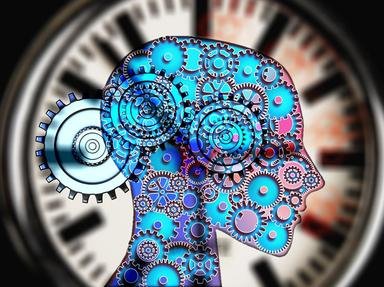Quiz Answer Key and Fun Facts
1. SAD is the acronym for an odd and potentially debilitating mental condition that occurs more at certain times of the year than at others. What is the full name for this condition?
2. A relatively common mental disorder could also be called SAD, but is often referred to as SAnD, to differentiate it from a separate condition with the same acronym. SAnD in its more severe forms presents difficulties for people whose work requires interacting with others in settings like an office environment.
3. ADD is the acronym for a mental disorder that can interfere with a child's learning process. What is ADD?
4. The complex developmental disability known as ASD was for some time thought to be linked with childhood vaccinations, but the most recent research suggests that no such link exists. What is ASD?
5. Most children and teenagers disobey their parents from time to time, but there are limits to what's normal. When a son's or daughter's tantrums and argumentativeness are unusually severe, they may be diagnosed with ODD. What does ODD stand for?
6. CTD is the acronym for Cumulative Trauma Disorder. Is this a mental or a physical disorder?
7. We all have worries, but people suffering from the mental condition known as GAD have a lot of them. What does GAD stand for?
8. The anxiety disorder known as OCD is often viewed in a comic light in popular culture (for example, it's portrayed as funny in the movie "As Good As It Gets".) However, in real life, it's no joke. What does OCD stand for?
9. An irreversible, progressive brain disease known by the acronym AD is becoming better known as the "Baby Boom" generation approaches old age, because it most often makes itself felt in the senior years. What is the full name for this feared ailment, which causes suffering for the whole family of the patient?
10. The mental disorder known as DAD actually does have something to do with the relationship between parents and children. What does it stand for?
Source: Author
SBH
This quiz was reviewed by FunTrivia editor
WesleyCrusher before going online.
Any errors found in FunTrivia content are routinely corrected through our feedback system.

